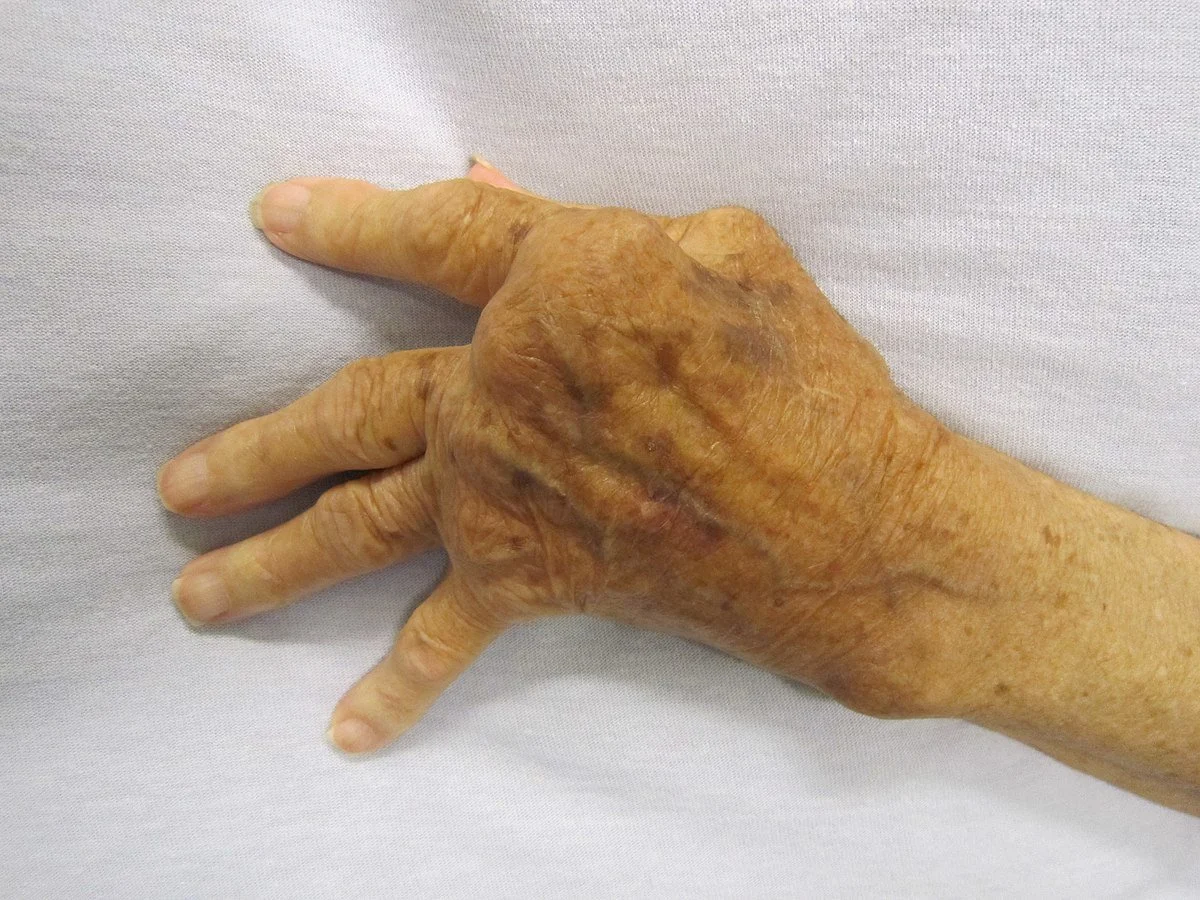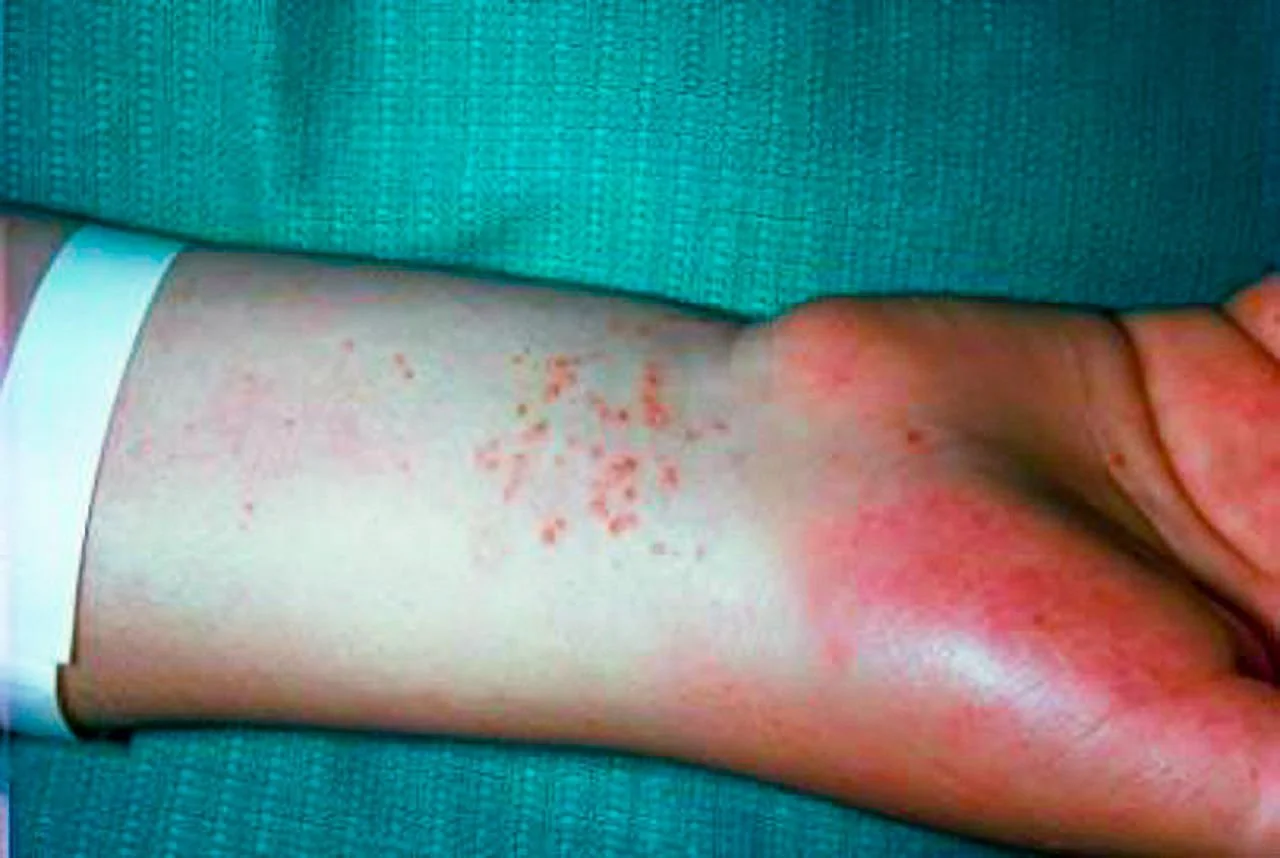Scroll down for oral health related pathogens, diseases, cancers and STD/STI Images
-

Your Mouth and Overall Health
Gingivitis, periodontitis, and dental caries are among the most prevalent chronic orodental diseases in humans. Dental infections can spread to nearby bone and soft tissues after starting inside a tooth or one of its supporting components. Lack of proper brushing and other oral hygiene practices promotes bacterial accumulation and plaque buildup on the teeth and gum line, which can cause significant inflammatory changes in the periodontal tissues. Bacterial infections can cause serious inflammatory reactions and spread to other mouth regions if not treated right at once. Other organs and tissues may experience significant alterations as a result of oral inflammation, which is not just limited to the oral cavity. It has been observed that hypertension, heart disease, diabetes, monary lung disease and periodontal disease are all related to poor dental hygiene.
-

Bacteria
It has been estimated that over 500 bacterial species exist in the oral cavity, most of which are normal flora that plays a critical role in whole body health. Early colonizers found in the oral cavity are different species of streptococci and other natural microbiota. In the later stages of colonization, biofilm becomes anaerobic and ideal for more microbial species, such as Tannerella forsythia, Treponema denticola, Fusobacterium nucleatum, and Porphyromonas gingivalis to promote the risk of systemic infections. Some of these bacteria have been implicated in cerebrovascular diseases such as Streptococcus mutans involved in dental caries, P. endodontalis as a key pathogen in endodontic infections, and P. gingivalis involved in gingivitis and periodontitis. Streptococcus species are detectable in all atherosclerotic plaque samples. This mutant plays a critical role in accelerated onset of stroke in patients who have had a hemorrhagic stroke.
-

VIRUS
Virus are about 1000 times smaller than a bacteria. They need a host like a bacteria infect the human body. The common and important oral health viruses include cytomegalovirus, human papilloma virus, herpes simplex virus type 1 (HSV-1), and Epstein-Barr virus. Fungal infections in the oral environment are caused by Candida species, especially Candida albicans. In some cases, parasitic infections may also occur.
-

Saliva
Saliva is a critical element in oral and whole body heath. It is the host for good bacteria and pathogens necessary for oral and gut health. It lubricates your food so it goes down easier, delivering a powerful packet of bacteria health with it. Saliva protects the mouth from microbes that lead to disease by washing away food particles and neutralizing the acids produced by bacteria. In the oral environment, rich in saliva and antimicrobial peptides, microorganisms are able to attach to host surfaces and start biofilm formation.
-

Gingivitis
Gingivitis is a common and mild form of gum disease. It causes irritation, redness, swelling and bleeding of your gingiva, which is the part of your gum around the base of your teeth. It's important to take gingivitis seriously and treat it promptly.
-

Periodontitis
According to research, participants with periodontitis have a larger correlation with stroke than people who have coronary artery disease [12]. It has been demonstrated that several autoimmune diseases such as Lupus Erythematosus [13], psoriasis [14], and Sjogren’s Syndrome [15], predispose the patients to periodontal diseases.
-

Caries (Cavities)
Dental caries is one of the most common oral infections, and is characterized by the destruction and de-mineralization of the tooth. Today, regular dental care is the only real preventive strategy for dental caries. While both periodontal disease and dental caries are biofilm-mediated diseases, dental caries can result in diseases such as diabetes, cancer, and cardiovascular disease. Dental caries are the results of the interaction of a wide variety of environmental, behavioral, and genetic risk factors.
-

Tooth Loss
The process of tooth loss begins when plaque and calculus accumulate on the teeth surface and leads to gingival recession and/or loss of periodontal attachment, which “loosen” the teeth from the socket. Baseline tooth loss was reported as a significant contributor to the increased risk of stroke.
-

Pregnancy
Due to bad oral health in pregnancy, pregnant women can experience premature delivery, low birth weight baby, pre-eclampsia, gingival tissue ulcerations, pregnancy granuloma, gingivitis, pregnancy tumors (epulis gravidarum), loose teeth, mouth dryness, and dental erosions. The changing hormone levels in pregnancy directly affect gum problems, and indirectly, tooth decay.
-

Infertility
Poor oral health can affect fertility. Women with poor oral health may take longer to conceive, and men with poor oral health may have lower sperm counts and reduced sperm motility.
-
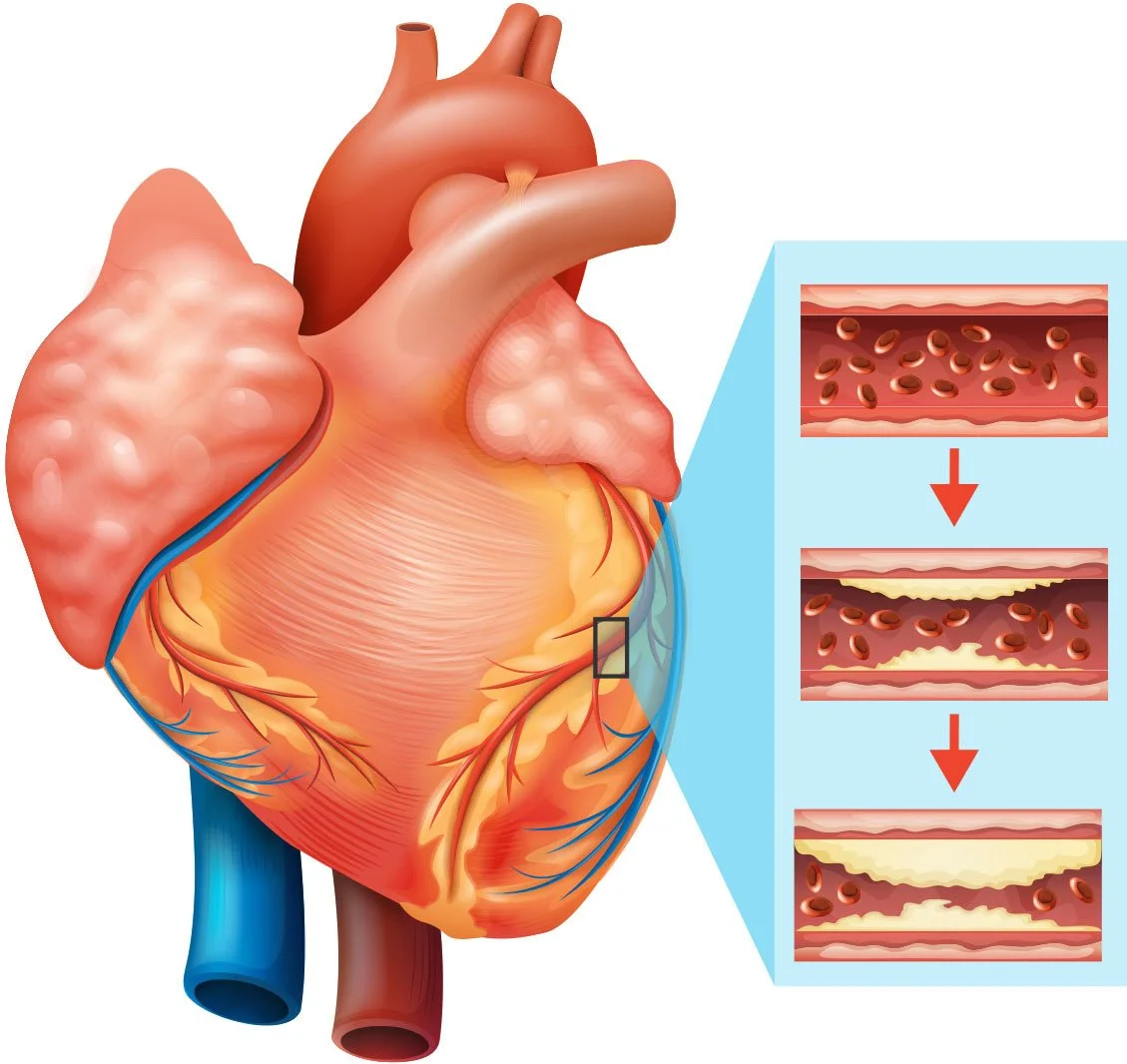
Heart Disease
Research shows gum disease is associated with an increased risk of cardiovascular disease: the more severe the periodontitis, the higher the risk.”
Bacteria spread through your bloodstream from the mouth to other bodily areas. These microorganisms are the link between gum disease and specific heart conditions, such as endocarditis, atherosclerosis (clogged arteries), and stroke, but could potentially also pose a risk to other heart conditions.
-
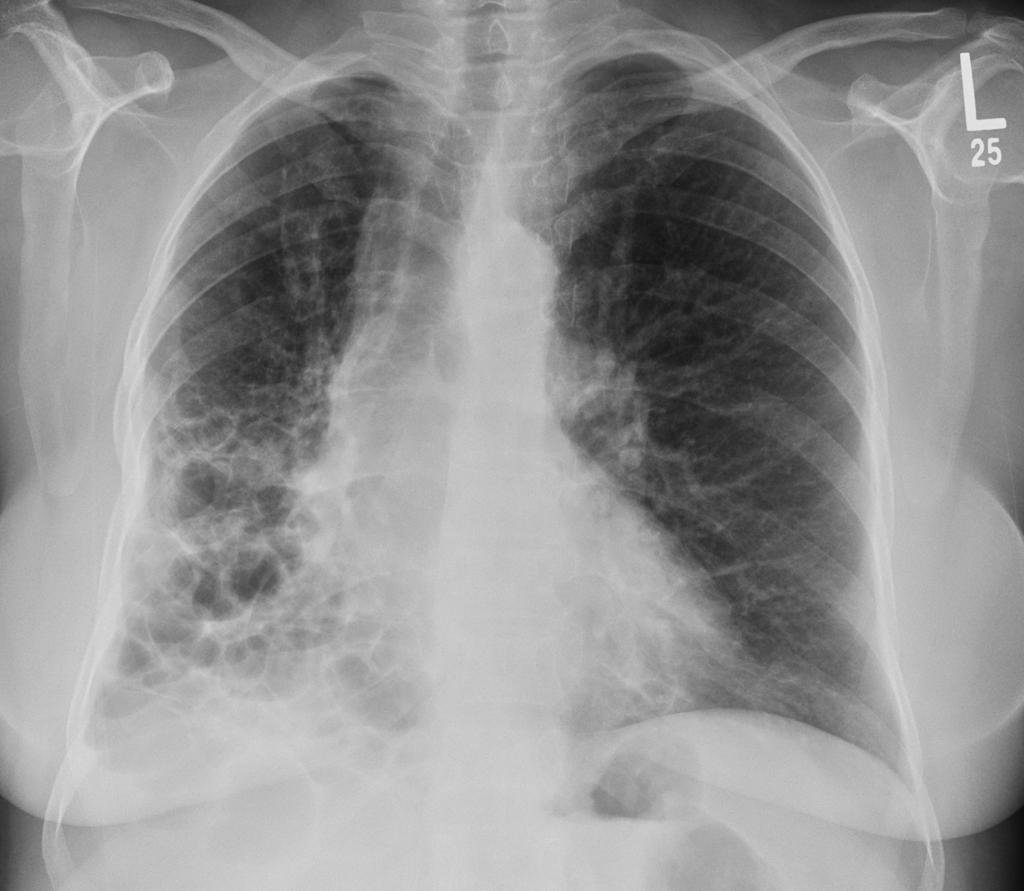
Lung Disease
Some bacteria can be inhaled into the lungs on tiny droplets of saliva. Healthy lungs have protective defenses to deal with those “invasions.” Disease-damaged lungs are not as able to defend themselves, increasing the risk that the bacteria will cause infections or make lung problems worse. Gum disease can also worsen the chronic inflammation in lung diseases such as asthma and COPD. Inflammation in the airways is one factor that leads to more frequent symptoms and lung damage. Infected and inflamed gums send out a “distress signal” that places the rest of the body on alert. This can lead to more inflammation in the lungs.
-

Respiratory Disease
Oral diseases or poor oral habits have been known to increase the risk of getting respiratory infections. Modern techniques have demonstrated the relationship between oral disease and respiratory tract infections like influenza, chronic obstructive pulmonary diseases, asthma, and Pneumonia. Apart from that, the medications used to treat respiratory diseases affect oral physiological factors like the pH of saliva, and saliva flow rate, which can cause significant changes in the oral microbiome. This review provides regular oral hygiene and care that can prevent respiratory health and respiratory infections.
-

Diabetes
According to the American Diabetes Association, 37.3 million Americans have diabetes, many of whom are unaware and undiagnosed. Diabetes increases the risk of infections, including gum infections. Periodontal disease can make it more challenging to control blood sugar levels, exacerbating diabetes complications or increasing the risk of developing diabetes. An estimated 95% of adults with diabetes also have periodontal disease.
-

Kidney Disease
Poor oral health can lead to inflammation and infection, which travel through the bloodstream and make it more difficult for the body to fight off infections. Kidney disease, another consequence of poor oral health, can also lead to cardiovascular disease.
-

Osteoporosis
Advanced periodontal disease can cause bone loss due to inflammation and infection. Research shows links between periodontal disease and bone density throughout the body. Proper oral hygiene, along with a suitable diet and supplementation, can lower the risk of periodontal disease and bone loss.
-
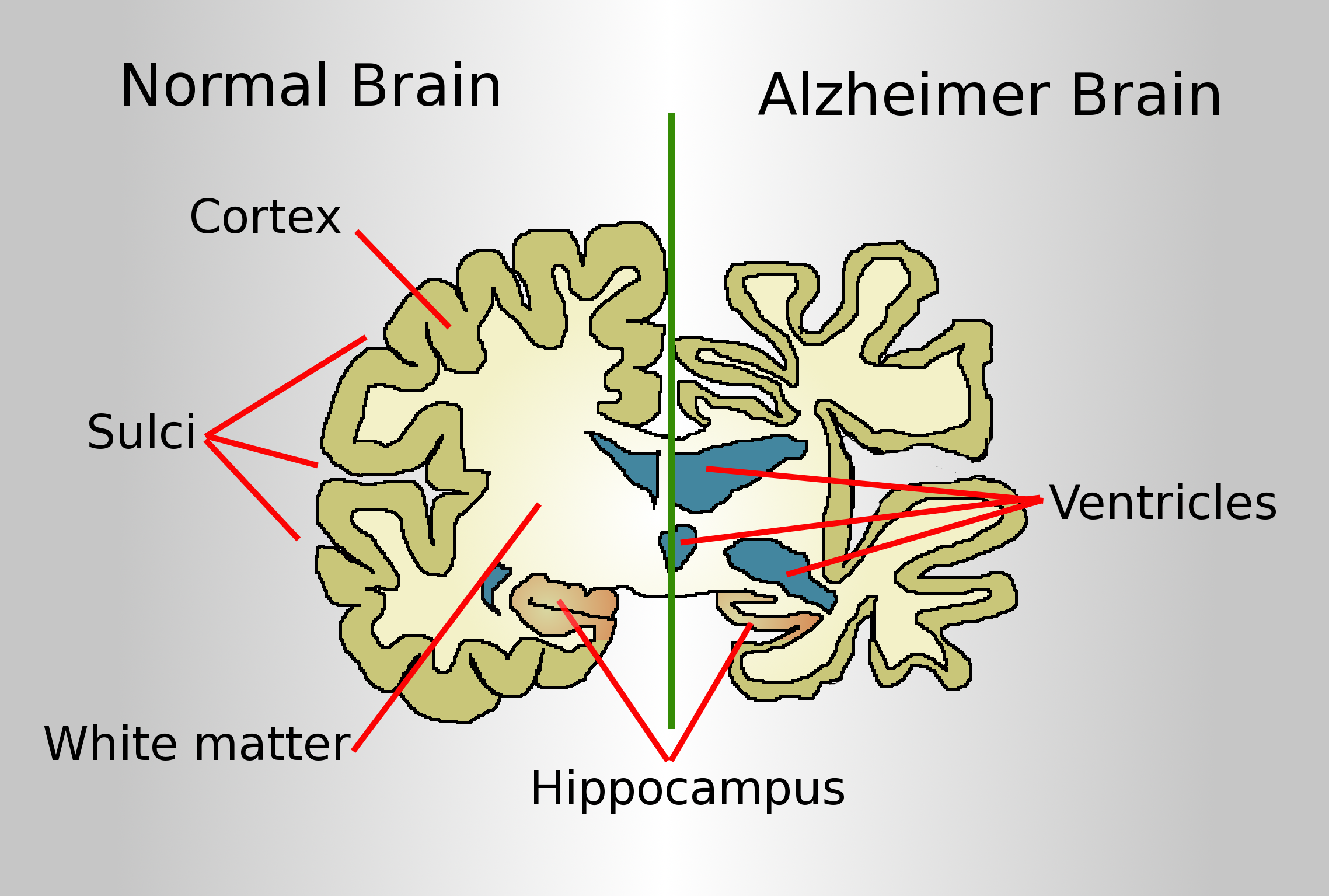
Alzheimer's Disease
Poor oral health can lead to inflamed gums. Bacteria traveling from the mouth to the brain can kill brain cells, potentially leading to memory loss. Oral bacteria have been implicated in the development of Alzheimer's disease and dementia. Pathogenic oral bacteria called spirochetes have been studied as a potential cause of Alzheimer's disease, with their presence being significantly higher in the brains of Alzheimer's patients. Salivary diagnostic testing can detect these oral pathogens.
-

Sleep Apnea
One of the first signs of obstructive sleep apnea (OSA) is teeth grinding, which dentists and hygienists should look for in all patients. Grinding can cause cavities or inflamed gums, increasing susceptibility to infection. OSA is linked to high blood pressure, heart disease, and headaches. Collaboration between medical and dental teams can aid in diagnosis and treatment.
-
Rheumatoid Arthritas
Johns Hopkins University has studied the link between poor oral health and rheumatoid arthritis. Results show a correlation between the bacteria Aggregatibacter actinomycetemcomitans and periodontal disease. The inflammatory response in rheumatoid arthritis patients is similar to that in periodontal disease.
-

Stroke
Stroke is an acute condition characterized by the sudden loss of blood supply to a region of the brain, causing injury to the cells and tissues Stroke is typically divided into ischemic stroke and hemorrhagic stroke. Stroke risk has long been linked to oral and dental conditions. In fact, poor oral hygiene can trigger a systemic inflammatory response from the invasion of oral bacteria and inflammatory mediators, and this systemic inflammation reaction can increase the risk of stroke
-

Endodontic Infection
In its healthy state, the root canal system is free from infection and has no commensal microbiota. Therefore, any microorganism found in the root canal system can be considered as a potential pathogen. Endodontic infections typically happen when dental caries extend deep into the root canal and the microbial pathogen reaches the apex of the teeth’s root, resulting in periapical lesions: apical periodontitis. Bacteria derived from the infected root canal and also byproducts of systemic inflammation can affect major arteries and thus cause changes that promote the incidence of cardiovascular diseases
-

Rotten Teeth (child)
Bacteria in the mouth feed on sugars from foods and drinks. These bacteria produce acid, which damages the outer surface of the tooth (the enamel). Saliva helps to repair this damage, but if over time there is more damage than repair, it leaves a cavity or 'hole' in the tooth.
-

Meth Mouth/ Drug Use
Methamphetamine (meth) is a dangerously addictive drug that can have severe health consequences, including stroke and permanent brain damage. “Meth mouth” is characterized by severe tooth decay and gum disease, which often causes teeth to break or fall out.
The teeth of people addicted to methamphetamines are characterized by being blackened, stained, rotting, crumbling and falling apart. Often, the teeth cannot be salvaged and must be removed. The extensive tooth decay is likely caused by a combination of drug-induced psychological and physiological changes resulting in dry mouth and long periods of poor oral hygiene. Methamphetamine itself is also acidic.
The study found that the more meth a person used, the worse their tooth decay was. While high, users often crave high-calorie, carbonated, sugary beverages. In addition, they may grind or clench their teeth, all of which can harm teeth.
-

Mouth Cancer
More than 90 percent of mouth cancers are squamous cell carcinoma. Squamous cells are thin, flat cells that look like fish scales. They are found in the tissue that forms the surface of the skin, the lining of the hollow organs of the body, and the lining of the respiratory and digestive tracts. Carcinoma means cancer.
Squamous cell carcinoma most commonly appears on parts of the body frequently exposed to the sun, such as the face, ears, and neck. But it also arises in the mouth.
Less common cancers of the oral cavity include Oral Verrucous Carcinoma and Oral Melanoma
-

Floor of the Mouth Cancer
Floor of mouth cancer is a type of head and neck cancer that begins when the cells that make up the floor of the mouth (the horseshoe-shaped area under the tongue) grow out of control and form lesions or tumors. These cancers are often mistaken for canker sores.
Using tobacco products, particularly chewing tobacco, and regularly drinking too much alcohol can increase your chances of developing cancer in the floor of your mouth. Dentists are typically the first to notice signs of floor of mouth cancer, often during a routine exam.
The most common symptom of floor of mouth cancer is a sore in your mouth that keeps growing larger. Other signs of cancer in the floor of the mouth include white, red, or dark patches in the mouth, mouth pain, or a lump in your neck
-

Gum Cancer (Mouth Cancer)
Gum cancer is a type of head and neck cancer that begins when cells in the upper or lower gums grow out of control and form lesions or tumors. These cancers are often mistaken for gingivitis.
Gum cancer most often affects people over age 60. Signs of gum cancer include sores, white patches, bleeding and pain or numbness on the gums. The symptoms can mimic those of gingivitis or a gum or tooth infection. Gum cancer can spread to structures such as the sinuses or jawbone.
Symptoms of gum cancer may include:
white, red, or dark patches on the gums, bleeding or cracking gums or thick areas of the gums
-

Hard Palate Cancer
Hard palate cancer is a type of head and neck cancer that begins when cells that make up the bony part of the roof of the mouth grow out of control and form lesions or tumors. The hard palate creates a barrier between the mouth and the nasal cavity. Cancers that develop there tend to spread into the nasal cavity when they become more advanced. The most common sign of hard palate cancer is an ulcer on the roof of the mouth. As the cancer grows, the ulcer may bleed.
-

Tongue Cancer
There are two parts to your tongue, the oral tongue and the base of the tongue. Cancer can develop in either part. The oral tongue is the part you see when you stick out your tongue. This is the front two-thirds of your tongue. The base of the tongue is the back third of the tongue. This part is very near your throat (pharynx). Cancer that develops in this part is classified as oropharynx cancer, or throat cancer. Many tongue cancers are first discovered during routine dental exams, so it’s important to see your dentist regularly, especially if you’re at an increased risk for tongue cancer.
-
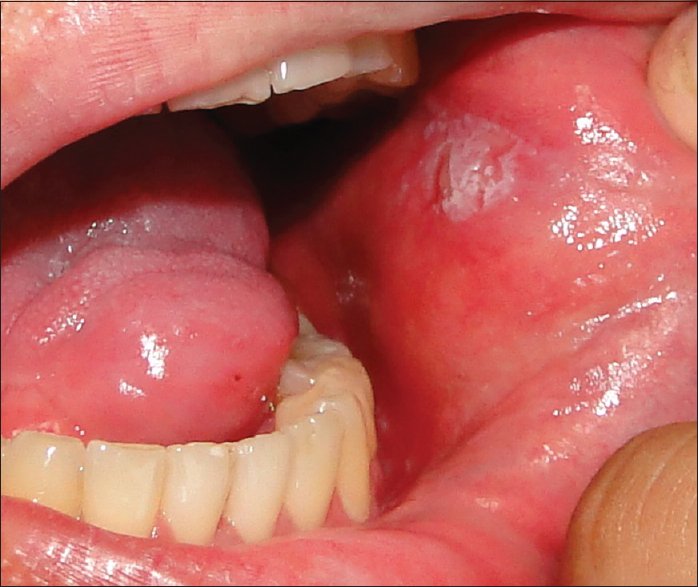
Buccal Mucosa Cancer
Inner cheek cancer (also called buccal mucosa cancer) is a type of head and neck cancer that begins when the cells that make up the inner cheek grow out of control and form lesions or tumors. Buccal mucosa is another name for the inside lining of the cheeks.
-

HPV
There are more than 100 strains of HPV (Human Papillomavirus (HPV). There are almost 200 different strains of HPV. Approximately 40 of those can infect genital and oral mucosa (mucus membranes). Out of those 40 strains, nine can potentially turn into cancer. The strain that’s most likely to cause oropharyngeal cancer is HPV-16.
-

Chlamydia
Chlamydia trachomatis is an intracellular bacterium with a propensity for the mucous membranes of their host. C. trachomatis is a common pathogen of the genital tract; however, it can live in any mucous membrane to which it adheres, including the mucosa of the oral cavity. C. trachomatis is the most common sexually transmitted bacterial infection, affecting over 100 million people each year.
-
Gonorrhea
Description goes here -

Syphilis
Description goes here -
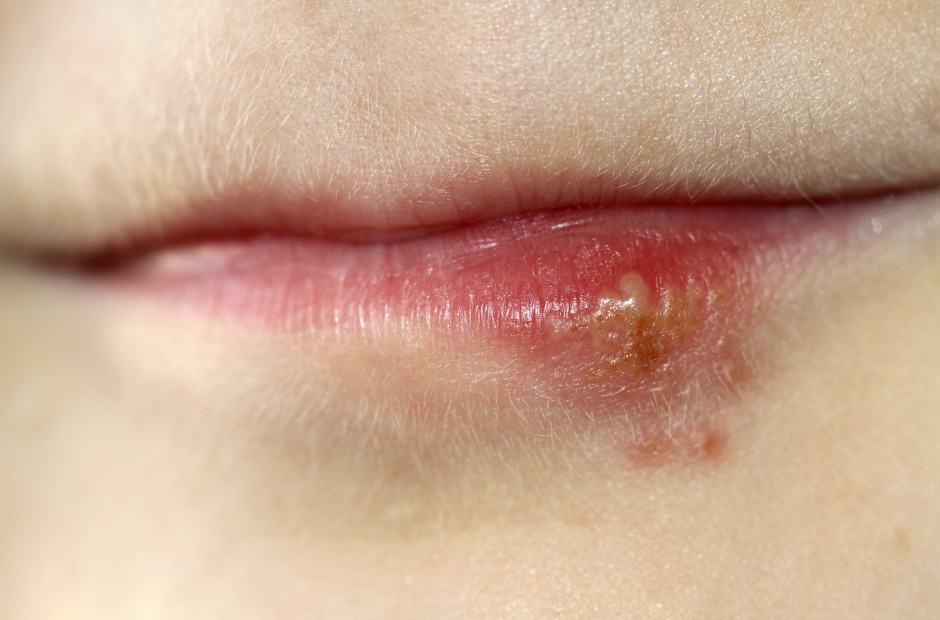
Herpes Simplex (HSV)
Description goes here -
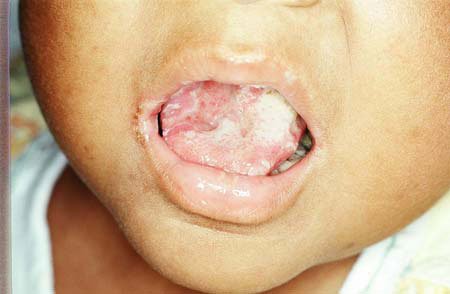
HIV
Because HIV/ AIDS is an attack on your immune system, virtually any of the images related to viral or bacterial infection on this site can be associated with HIV/ AIDS. If you have any of the symptoms herein, we recommend you immediately be tested. Locally, you can test for all at WestPac Labs located in the VON’s shopping center. If you are positive for any, immediately contact your previous sexual partners and see a medical specialist.

